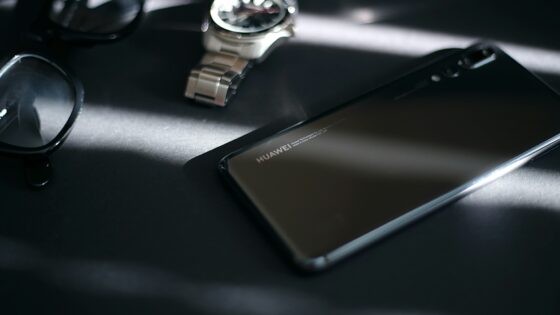
Credit: Unsplash
Foods freshly printed and laser-cooked.
Personal chef robots is one of those things people fifty years ago all just sort of assumed we’d have by now. The closest thing to a robotic chef I have in my kitchen would be either my microwave or Instant Pot, and I’d hardly call either of those a robot. However, the mad geniuses of Columbia University have decided that enough is enough; it’s time we make a real effort toward robotic cooks, and they’re gonna use some of the coolest tech they have to make it happen.
The “Digital Food” team of the university’s Creative Machines Lab, led by Mechanical Engineering Professor Hod Lipson, have created a prototype of a truly autonomous digital chef device. Lipson’s team has previously found success in 3D-printing various foods, but realized that they didn’t have a suitable way to actually prepare those foods.
“We noted that, while printers can produce ingredients to a millimeter-precision, there is no heating method with this same degree of resolution,” said Jonathan Blutinger, a Ph.D. in Lipson’s lab. “Cooking is essential for nutrition, flavor, and texture development in many foods, and we wondered if we could develop a method with lasers to precisely control these attributes.”
The team ran tests on 3D printed pureed chicken samples to determine what the best preparation method would be between blue light and infrared light. The team discovered that laser cooking is actually a surprisingly efficient way to prepare food, as laser-cooked meat shrinks less, retains twice the moisture content, and still maintains its general flavor profile.
Now We’re Cooking with Lasers | Columbia Engineering https://t.co/FTVe7ozjuv
— Dr. Stuart Fischer (@TheFitDr) September 20, 2021
“In fact, our two blind taste-testers preferred laser-cooked meat to the conventionally cooked samples, which shows promise for this burgeoning technology,” Blutinger said.
The only problem the team still has to solve to turn this tech into a viable robotic chef is tying it all together. They can print the meat and laser-cook it, but the real challenge will be programming a device to handle both processes in a single, smooth sequence. If they can make that happen, we might finally get the robotic cooks we’ve been wanting all these years. Hopefully, there’ll be room for a little hat on top.































